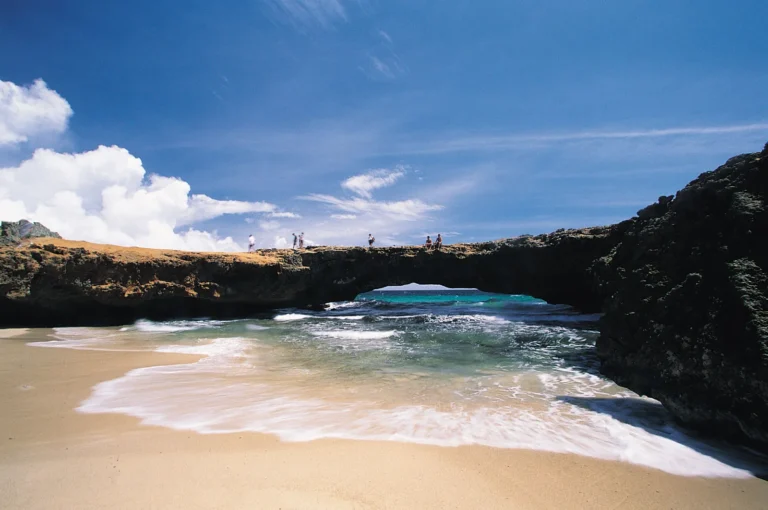Natural Resources of Aruba – Overview
Aruba is a small Caribbean island, and while it does not have abundant mineral resources, it does possess valuable natural assets that contribute to its economy and sustainability—primarily through renewable energy, tourism, and biodiversity.
Main Natural Resources of Aruba
1. Beaches & Marine Environment
- White sandy beaches, turquoise waters, and coral reefs are Aruba’s greatest natural assets
- Drives tourism, which is the island’s main economic sector
- Supports marine biodiversity and recreational diving/snorkeling
2. Solar and Wind Energy
- Abundant sunlight and strong trade winds make Aruba ideal for:
- Solar farms
- Wind turbines
- The government has invested in renewable energy as part of a plan to become 100% sustainable
3. Limestone & Construction Materials
- Small-scale extraction of:
- Limestone
- Sand and gravel
- Used locally in construction and road building
4. Aloe Vera
- Aruba is famous for producing high-quality aloe vera, used in:
- Skincare
- Medicinal products
- Cosmetics
- Aruba Aloe Factory is one of the oldest aloe companies in the world
5. Saltwater (for Desalination)
- Aruba has no natural freshwater lakes or rivers
- Uses seawater through desalination plants to supply drinking water
- Its desalination system is one of the most advanced in the Caribbean
Natural Resources Aruba Lacks
| Resource | Availability |
|---|---|
| Oil & Gas | None |
| Freshwater rivers | None |
| Timber/Forests | Minimal |
| Large-scale mining | None |
Additional Natural Riches
- Marine biodiversity: fish, coral, sea turtles
- Unique desert-like flora: cacti, divi-divi trees
- Protected national parks: Arikok National Park (covers ~20% of the island)



